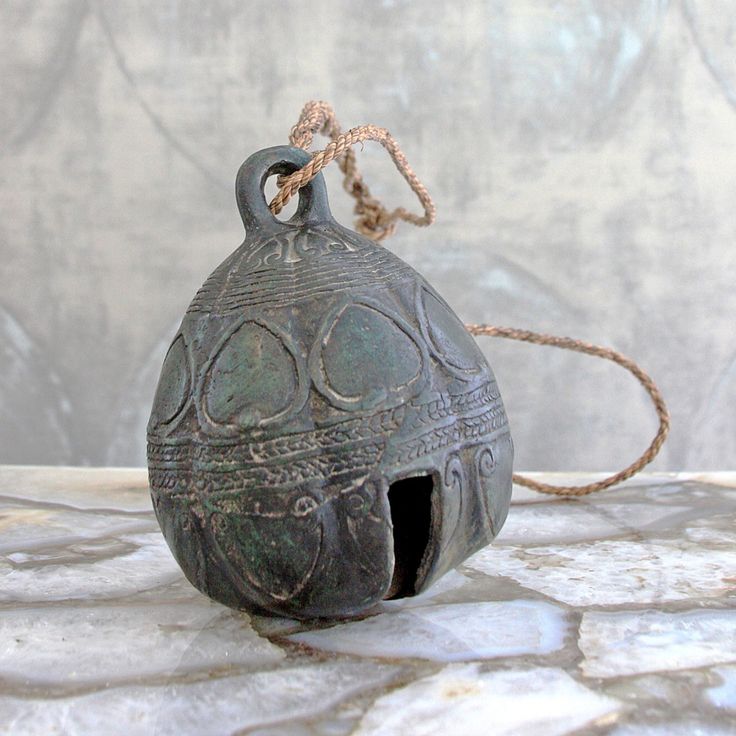A Groundbreaking Elephant Surgery in Cambodia
A remarkable veterinary procedure took place in Cambodia, marking a significant milestone in wildlife conservation. The University of Pretoria’s (UP) veterinary team successfully performed the first-ever tusk extraction on an elephant in the country, showcasing their global expertise and commitment to animal welfare.
Professor Gerhard Steenkamp, a leading expert in veterinary dentistry and maxillofacial surgery at UP’s Faculty of Veterinary Science, played a central role in this groundbreaking operation. Over the years, he has gained extensive experience working with elephants and other wildlife species across the world. However, this particular case presented a unique challenge that required his specialized skills.
The journey began approximately 18 months ago when Dr. Navaneetha Roopan, head veterinarian of Wildlife Alliance, visited Kulen Elephant Forest (KEF) in Cambodia. There, he encountered an elephant named Chi Chlorb, who had suffered a fractured tusk. KEF is a 400-hectare sanctuary in Siem Reap province that provides a safe haven for former captive Asian elephants, many of whom were once used in the tourism industry.
Dr. Roopan and Professor Steenkamp met at a conference in China last year, where Steenkamp delivered a lecture. Afterward, Roopan reached out to him, asking for assistance with Chi Chlorb’s case. Steenkamp readily agreed, recognizing the importance of the mission.
The intervention was planned for this year, and Steenkamp, along with Professor Adrian Tordiffe from Vantara, an animal rescue and rehabilitation center in India, traveled to Cambodia to perform the procedure. Tordiffe, who has collaborated with Steenkamp on numerous international missions, was responsible for administering anesthesia during the surgery. This marked the first time an elephant received general anesthesia in Cambodia, highlighting the complexity of the operation.
Steenkamp emphasized the significance of the collaboration with Vantara, noting that it demonstrates the growing expertise and capacity of the Indian center in wildlife conservation. “It shows how much knowledge and experience they’ve developed—and continue to develop—at Vantara,” he said. “This partnership could play a vital role in supporting veterinarians and wildlife conservation efforts across Asia in the future.”
The surgery, which lasted about an hour and a half, was a complete success. It also served as a valuable learning opportunity for veterinarians from Thailand and Singapore who observed the procedure. Since the operation two weeks ago, Chi Chlorb has been recovering well, indicating the positive outcome of the intervention.
This achievement goes beyond the individual elephant’s recovery. It highlights the University of Pretoria’s ongoing contributions to global wildlife conservation, emphasizing the importance of knowledge-sharing and capacity-building across different regions. The successful collaboration between South African, Cambodian, and Indian experts underscores the power of international cooperation in addressing complex challenges in animal healthcare.
As wildlife conservation continues to evolve, such milestones serve as a testament to the dedication and innovation of veterinary professionals around the world. The tusk extraction in Cambodia not only saved an elephant’s life but also set a precedent for future procedures, paving the way for more advanced and effective treatments in the field.







